Endgame Flashcards
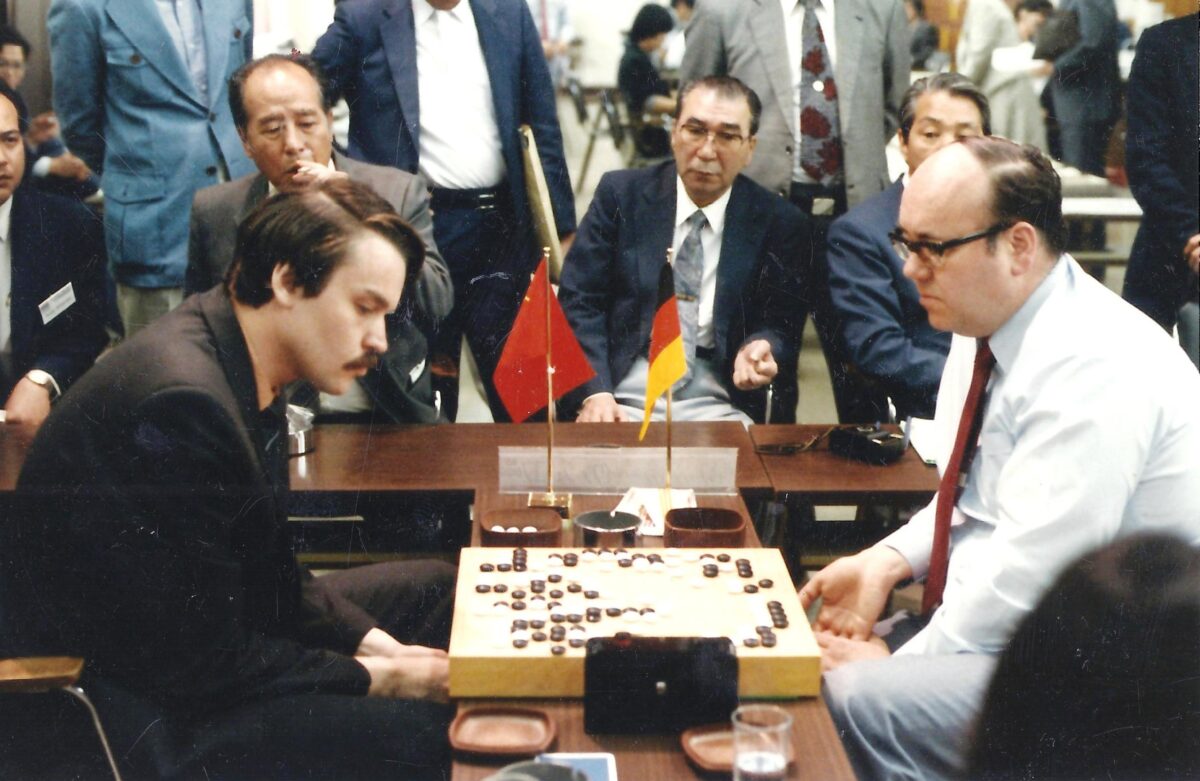

In the 80s and early 90s there were two Russian Go masters who would often play each other to become champion of Russia. They were Ivan Detkov from Kazan and Alexey Lazarev from Petrozavodsk.
They had similar styles. Slow-paced and solidly territorial play in the opening and moving into the endgame without lingering in the middle stage for too long. There was almost no fighting in those games, they were usually quite close and their result was determined in yose.
As an example of this style I’d like to show you move 35 from the game Detkov (black) – Lazarev (1989, qualifiers for the World Amateur Go Championship). An attacking move at A seems obvious here. We could think of the move in the game as a bad mistake but … What if you really don’t like attacking? What if you don’t want to make it complicated and you are confident about your endgame skills? Why not play a move like this one then?
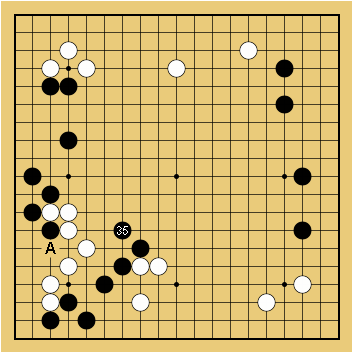
Other leaders of Russian Go at the time had more active styles, building moyos, attacking a lot, making deep invasions.
I don’t know what style you personally prefer in Go, but for those of you whose games are often decided in yose I have a suggestion. You can work on your endgame the way Ivan Detkov used to.
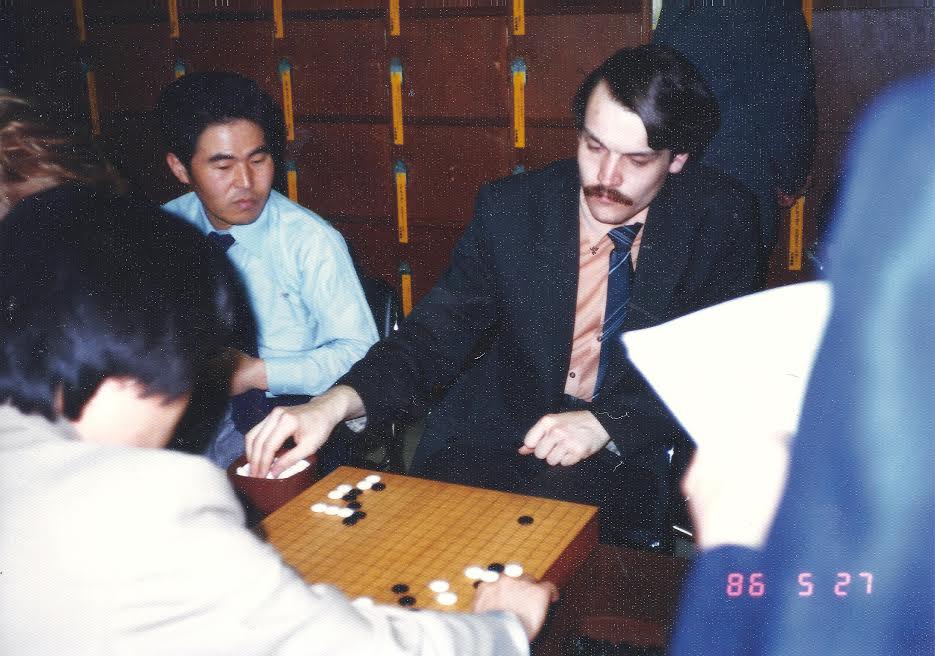
He created an endgame card system. Double sided flashcards. On one side there is a standard yose position and on the other — the value of this move.
Yes, it would take quite a bit of work to get this done but the juice is worth the squeeze.
We often have to play endgame on byoyomi and 30 seconds is definitely not enough to count the value of several moves (especially in early yose) and pick the biggest one. So this choice is often made at random, following one’s intuition. But if you have a flashcard system of typical yose positions at home, you will quickly remember which move is bigger now.
If it’s hard for you to memorize the exact value of each move, you can arrange the cards in order of diminishing or increasing value. That could be quite practical. After some practice your hand will want to make the biggest yose move all by itself.
I would also recommend this system of practice to those who often respond to every opponent’s move automatically. Once you realize that there are often huge moves to be played on the board (there could be endgame moves worth 20 or even 30 points) you will learn to value sente more and to defend less often.
As an example, here are 3 positions that often appear in games. Try estimating their value in gote (if the opponent doesn’t respond) without actually counting it. You’ll find the answers at the end of this article.

If the difference between your answers and the correct ones is 5-10 or even more, then you definitely need to work on your endgame a little.
- 17 points in gote
- 14 points in gote
- 20 points in gote
Where Can I Download Such Flashcards?
Go Magic team has prepared a set of ready-to-print endgame flashcards for you. Remember, however that using these flashcards makes sense only after reaching a certain level — 10 kyu at the very least, or better yet 5 kyu. It is quite possible to reach 5 kyu without studying endgame deeply. You will find our suggestions on using these flashcards inside the archive.
👉 gomagic-endgame-flashcards-lite-pack.zip
This is a lite pack with 48 flashcards, and you can find a more complete premium flashcard collection (80 flashcards) in our course on the basics of playing endgame.
Author: Alexander Dinerstein 3p
Translator: Vadim Efimenko
Source: http://rusgo.org/magazine8/
Ivan Detkov (b. in 1960) was one of the strongest Go players in Russia in 80-90’s, till he moved to the USA and stopped playing Go. He was the first USSR Go champion and the first master who represented Russia at WAGC in Japan (World Amateur Go Championship).
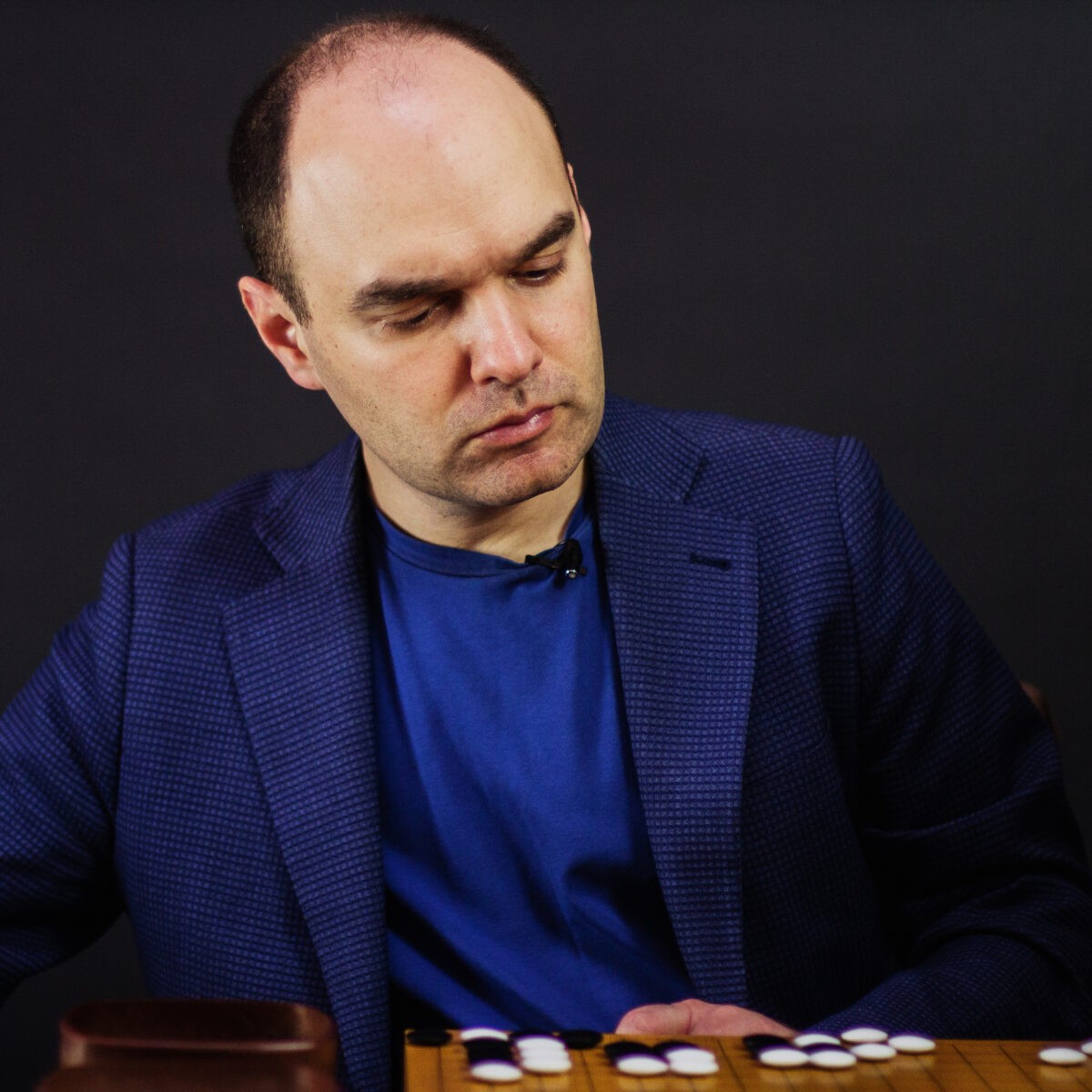
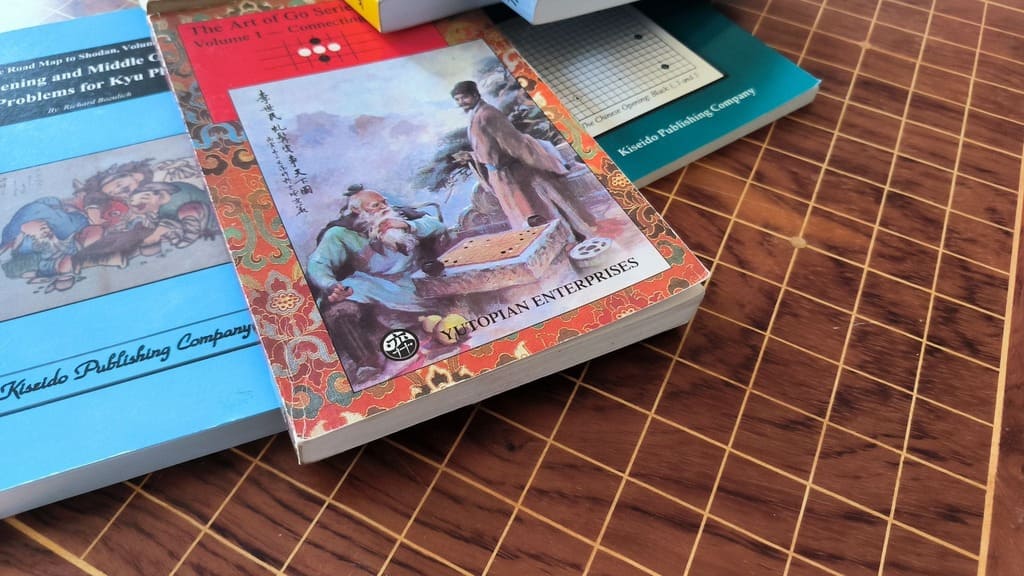

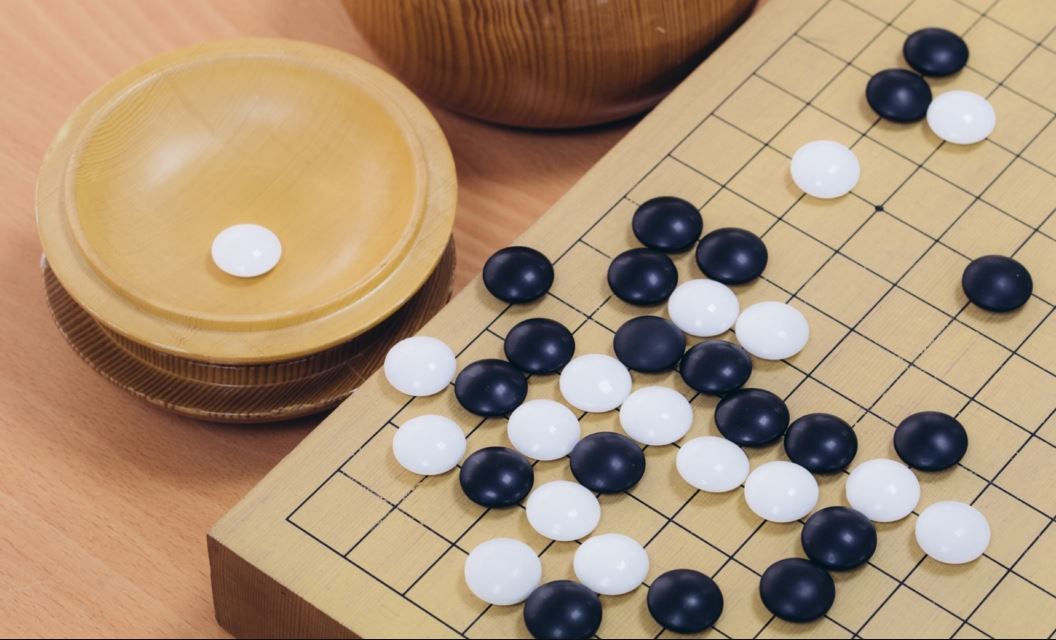
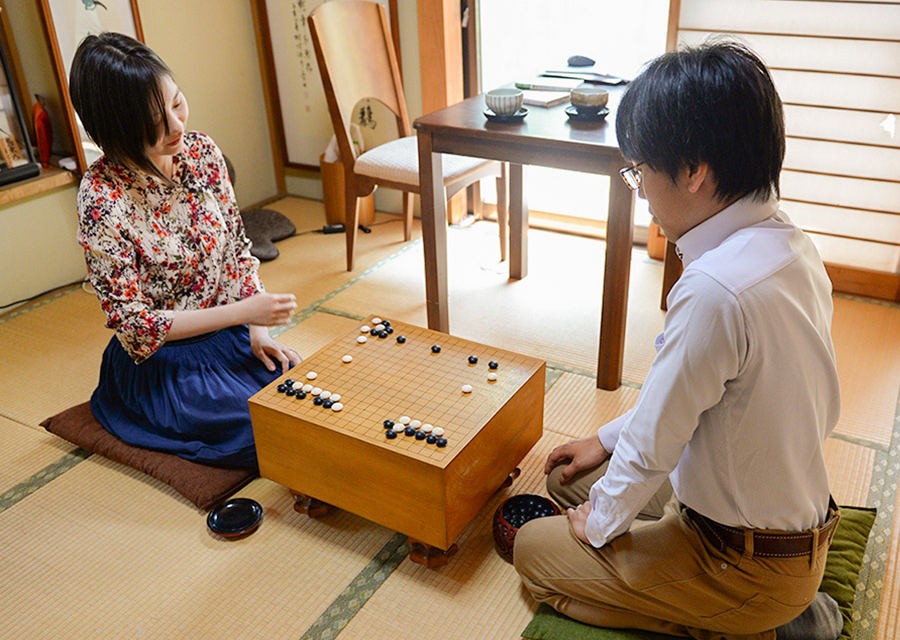
Proposing a set of these endgame flashcards to print would be a great resource from this site !
I would like to second Denis, I would really appreciate ready-to-print files 🙂
The flashcards are great! I’ve just started using them and, at the very least, I’m spending more time studying endgame! One question: what program(s) have you used to create those files? Also, you could suggest any useful links on how to use those programs to create the diagrams and the page layout? I believe it is possible to use this format to study other go topics like joseki sequences and tsumego/tesuji shapes/problems.
I do not understand the question I’m being asked at all 🤦♂️😂🤦♂️😭